What is indirect lighting?
This technique consists of projecting light onto the walls or ceiling. In this way, the space is illuminated by the light reflected on these surfaces.
As the light fixtures are hidden and the light is more dispersed, most of the glare and shadows are eliminated and a very decorative effect is achieved.
The most common is to plan this type of lighting at the beginning of any project. This is because we will use different architectural elements, such as moldings, to keep the location of the lights hidden.
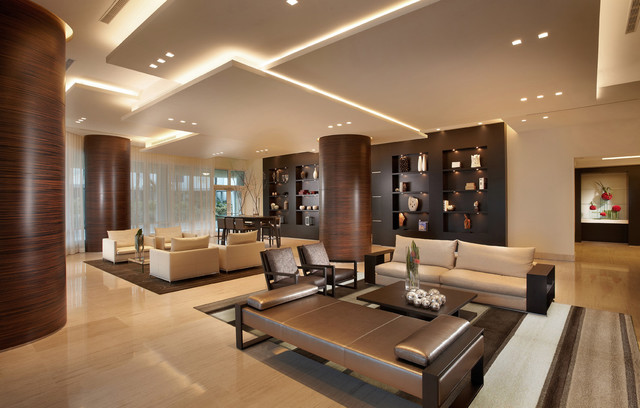
Lighting the walls
Undoubtedly, one of the most common. It is relatively easy to implement in any space as we can create the effect with a few sconces, without the need for reforms.
It is a very elegant technique that is often used in kitchens, bedrooms or living rooms.
Indirect light on the ceiling
The ceiling of any room is usually quite unnoticed. By using indirect light on it we will be giving it a greater prominence in space.
It is very important to define well the distribution of light so that the atmosphere is pleasant.
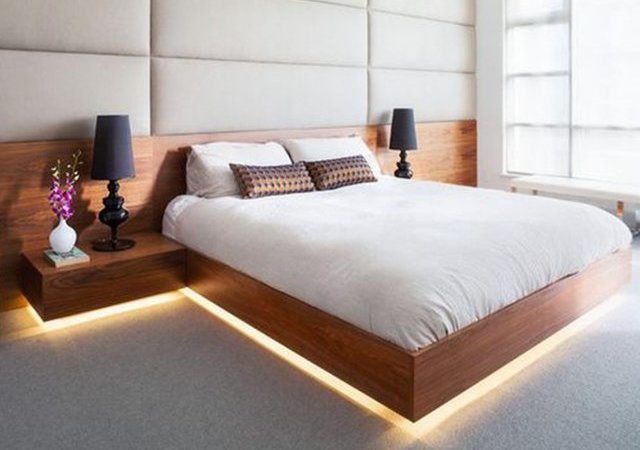
Lights towards the floor
Much less common than the previous options, indirect lighting on floors produces a very decorative and, above all, original effect. In passage areas such as stairs and corridors it is really striking.
Indirect lighting in different rooms
Now that we know the different variants of this type of lighting, let’s review how to apply them in different rooms of the house.
Indirect lighting for the living room
The most common is to use it on the ceiling, either along the perimeter or forming different “islands”. It is also very common to put this type of lights in furniture elements such as shelves or sideboards.
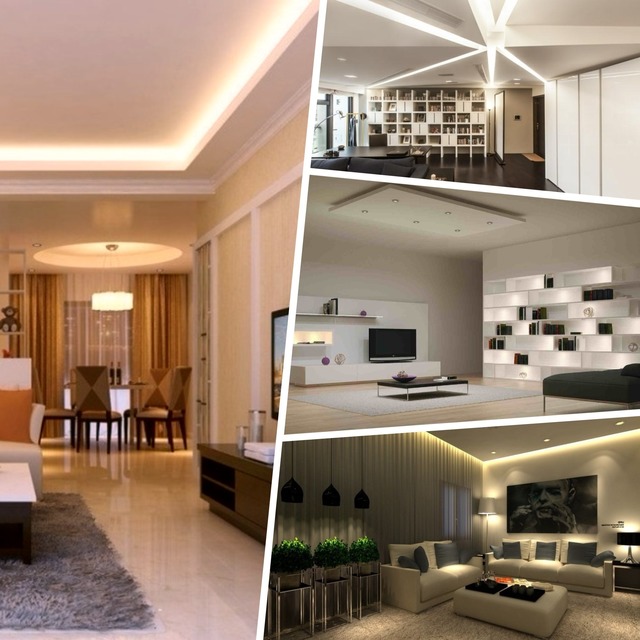
Corridors and stairs
In hallway lighting, this type of lighting is seen both on the ceiling and at floor level and, depending on the size of the space, this lighting may be sufficient.
In staircases they are often used as step lighting, usually from the wall or by means of LED strips at the bottom of the step overhang.
Bathroom
When implementing the lighting system in a bathroom, the most direct lighting is usually chosen. However, it may be interesting to illuminate the mirror.
Indirect lighting in the bedroom
Lighting from the ceiling is still the most widespread option. Even so, with the advent of LEDs we can see lights behind the headboard, under the bed, bedside tables or other accessories.
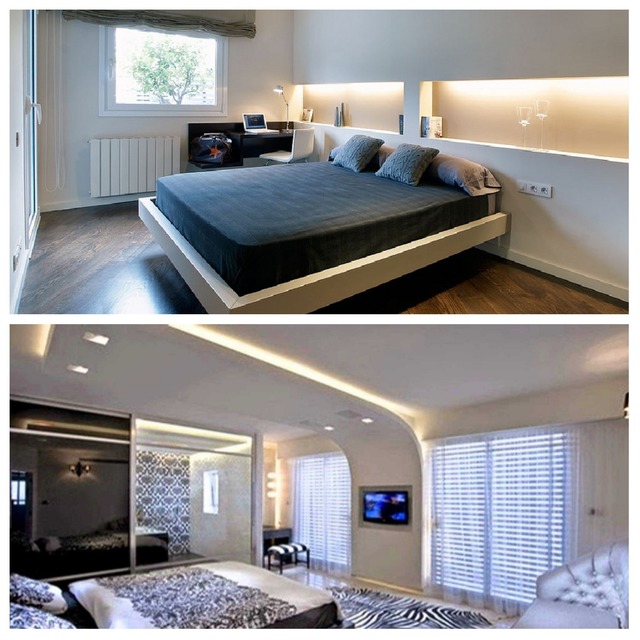
Kitchen
The kitchen, like the bathroom, is an eminently functional space. However, in lighting, design and practicality do not have to be at odds.
If we illuminate the lower part of the cabinets that are on the countertop, we will obtain a very useful and decorative lighting.
Indirect exterior lighting
If we already use this lighting technique with great results in indoor spaces, why not apply it to the lighting of terraces and gardens?
With the use of indirect lights we will be able to enjoy the garden at any time of the day or night. We just have to think a little about the arrangement of the light sources to achieve the desired atmosphere.
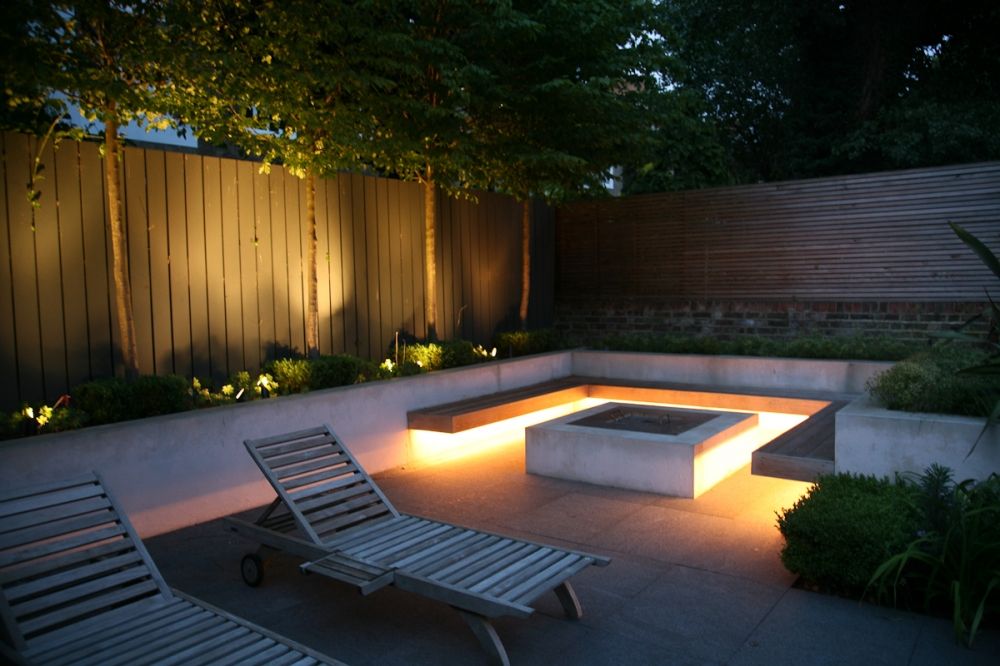
Indirect lighting is a great option to decorate and illuminate simultaneously. It allows us to create very cozy atmospheres, provide visual amplitude to the space and highlight the architectural lines that most interest us.
In addition, by using LED lights that barely emit heat there is no danger of damaging furniture or walls, making it easier to hide the points of light.

